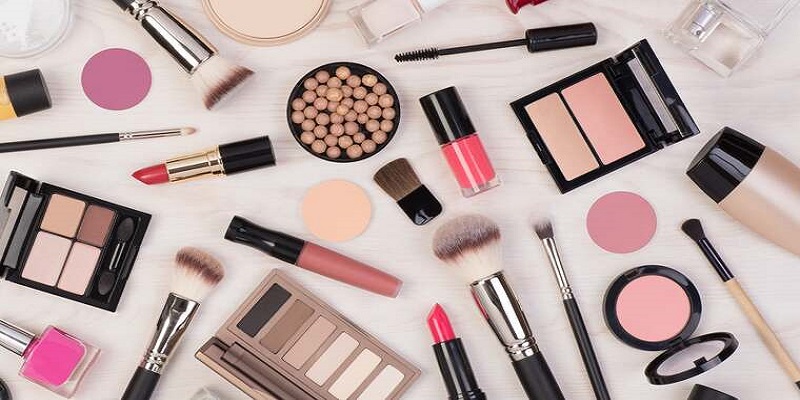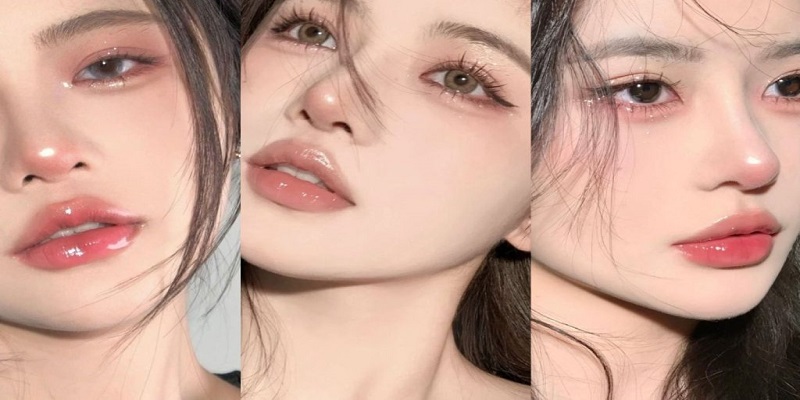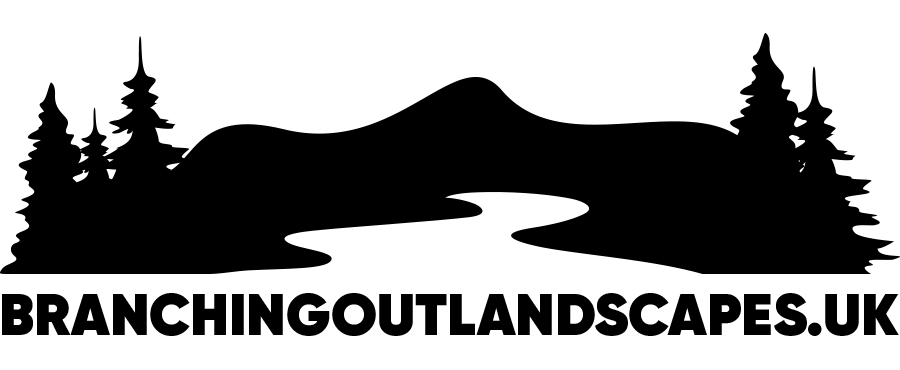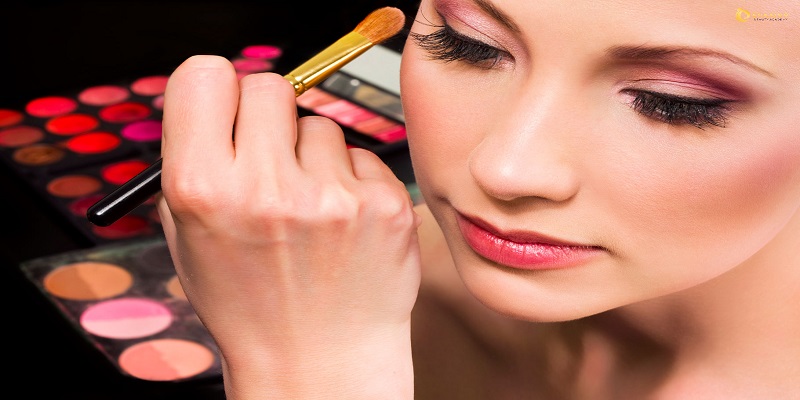Makeup has long been a tool for self-expression, creativity, and transformation. From its ancient origins in Egypt to its modern-day use as an essential part of daily grooming and fashion, makeup has evolved into both a practical and artistic practice. In contemporary society, makeup has become more than just a way to enhance appearance—it serves as a means of empowerment, confidence-building, and artistic exploration. Whether it’s for everyday wear, special occasions, or theatrical performances, makeup plays a significant role in many people’s lives.
The Evolution of Makeup
The history of makeup can be traced back to ancient civilizations. In Egypt, both men and women used makeup to signify social status and to protect themselves from the harsh sun. Egyptians were known for their use of kohl eyeliner, which not only accentuated their eyes but also helped protect them from eye infections caused by the sun’s glare. Similarly, ancient Greeks and Romans used makeup to create a more youthful or elegant appearance, often using lead-based products to lighten their skin, despite the toxic properties.

Throughout the centuries, makeup products continued to evolve. During the Renaissance, fair skin was considered a sign of beauty and nobility, leading people to use white lead to achieve a pale complexion. In the 18th century, the French court became a hub for elaborate makeup, especially among the aristocracy. Powdered wigs, thick white face powder, and bold lip colors were all part of the extravagant style that dominated the period.
The 20th century marked a turning point for makeup, particularly with the rise of the film industry. Stars like Marilyn Monroe, Audrey Hepburn, and Elizabeth Taylor helped popularize certain beauty standards, and their influence extended beyond Hollywood. The invention of mass-market makeup products made cosmetics more accessible to the general public. Today, makeup is not confined to the elite but is embraced by people of all backgrounds, genders, and ages.
Modern Makeup and Self-Expression
In the 21st century, makeup has become an integral part of personal expression and identity. The beauty industry has seen remarkable growth, fueled by social media platforms like Instagram and YouTube, where beauty influencers and makeup artists share tutorials, product reviews, and creative transformations. Social media has given rise to new trends, from bold, avant-garde makeup looks to more natural, minimalistic styles.
The use of makeup today often goes beyond simply enhancing one’s features. For many, makeup is a powerful tool for self-expression. Individuals use makeup to experiment with different personas, channeling their inner creativity or expressing a particular mood. The rise of drag culture, for example, has brought makeup into the spotlight as a form of gender expression, where makeup is used to create exaggerated and imaginative interpretations of femininity or masculinity.
Furthermore, makeup has become an empowering tool for many people, especially those who may feel marginalized. It can be a way to challenge beauty standards, reclaim control over one’s image, or feel confident in one’s own skin. The accessibility of makeup tutorials has democratized beauty, allowing people from all walks of life to learn how to enhance their features or create unique artistic looks.

The Impact of Makeup on Confidence
One of the most profound effects makeup has on individuals is its impact on confidence. For many people, makeup serves as a way to enhance their features, conceal blemishes, and create a polished look. This can be incredibly empowering, as it allows people to present themselves in the way they feel most comfortable. A well-applied makeup look can boost self-esteem, making individuals feel more put-together and ready to take on the world.
Makeup can also be a tool for self-care. The act of applying makeup—whether it’s a full glam look or a simple touch-up—can be therapeutic and meditative for some people. The time spent focusing on oneself during the process of applying makeup can be a form of relaxation, helping individuals take a break from their busy lives and connect with their own sense of beauty. It’s a moment of mindfulness, allowing one to appreciate their features and the power of transformation.
However, makeup is not without its complexities. In some cases, societal pressures to conform to certain beauty standards can cause anxiety, especially when makeup is used as a means to meet external expectations rather than personal desire. The beauty industry has historically perpetuated narrow standards of beauty, leading to the idea that makeup is necessary for women (and increasingly men) to feel validated or accepted. Thankfully, the growing movement toward inclusivity in the beauty industry is challenging these perceptions, promoting diversity, and encouraging people to embrace their natural beauty alongside makeup.
The Popularity of Makeup Trends
Makeup trends change frequently, influenced by fashion, celebrities, and the media. Over the years, we’ve seen dramatic shifts in makeup styles, from bold, heavy makeup looks to more natural and minimalist approaches. For example, the early 2000s were characterized by sharp eyeliner, frosted lips, and thick foundation. By the late 2010s, the trend shifted to a focus on the “no-makeup” makeup look, where people favored lightweight foundations, soft brows, and natural tones to create an effortlessly polished appearance.
Today, makeup trends are more diverse than ever. Social media platforms like TikTok and Instagram have introduced a wide array of viral makeup trends, from graphic eyeliner to contouring and highlighting techniques. These platforms allow for rapid dissemination of ideas, leading to a more experimental approach to makeup. Bold, artistic makeup looks that were once reserved for stage performances or Halloween are now seen as everyday art.
For instance, the rise of colorful eye makeup, such as neon eyeshadows and intricate graphic liner, allows people to make bold statements. The trend of “glitter makeup” encourages the use of shimmering eyeshadows, lip glosses, and highlighters to create a glowing, radiant look. This reflects a broader trend in the beauty industry of pushing boundaries and encouraging individuality.
Sustainability and Makeup
As awareness of environmental issues grows, the makeup industry is increasingly focusing on sustainability. Consumers are becoming more mindful of the environmental impact of their beauty products, from the packaging to the ingredients used. This has led to a rise in demand for cruelty-free, vegan, and eco-friendly makeup products. Many brands are now adopting refillable packaging, using natural and sustainable ingredients, and reducing waste to appeal to environmentally conscious consumers.
Sustainable beauty is a growing movement within the makeup industry that encourages consumers to make more ethical choices when it comes to their beauty routines. This includes opting for brands that prioritize ethical sourcing, avoid harmful chemicals, and ensure fair labor practices. Additionally, the rise of “clean beauty” has shifted the focus toward creating makeup products that are safe, non-toxic, and beneficial for the skin.
Conclusion
Makeup is much more than just a cosmetic tool; it is an art form, a means of self-expression, and a source of empowerment. From its humble beginnings to its current status as a multi-billion dollar industry, makeup has continually evolved to reflect the changing dynamics of society, culture, and individual identity. Whether it’s used for confidence, creativity, or self-care, makeup remains a powerful tool in enhancing both physical appearance and personal expression. As the beauty industry continues to grow and diversify, the importance of makeup in modern culture will only continue to expand, offering new ways for people to express themselves and embrace their unique identities.

